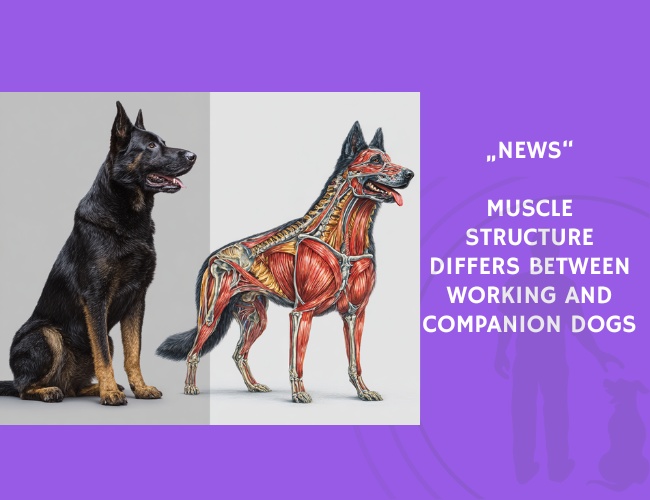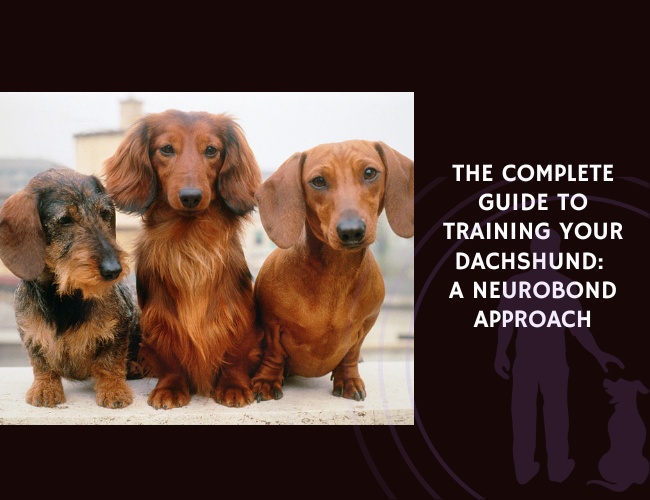A recent analysis of canine muscle composition reveals significant differences between working dogs and companion breeds, providing insight into how selective breeding affects physiology. Researchers examined the triceps brachii and biceps femoris muscles in twelve dogs from both groups.
The study found that working dogs had significantly larger muscle fibers and a greater proportion of type I and type IIa fibers, which are associated with endurance and sustained activity. These fibers are well-suited for tasks requiring strength and long-duration physical effort, such as guarding or herding.
In contrast, companion breeds had a higher proportion of type IIb fibers, which are adapted for short, intense bursts of activity. However, these dogs also had fewer nuclei per muscle fiber, suggesting a reduced capacity for muscle regeneration and repair after exertion or injury.
The findings suggest that selective breeding for functional roles—whether for labor or companionship—has led to structural muscular adaptations in dogs. These differences could influence how dogs perform in activities and how they recover from physical stress.
Source: C. Osiak-Wicha, K. Kras, M. Arciszewski, Animals, December 1, 2024.









